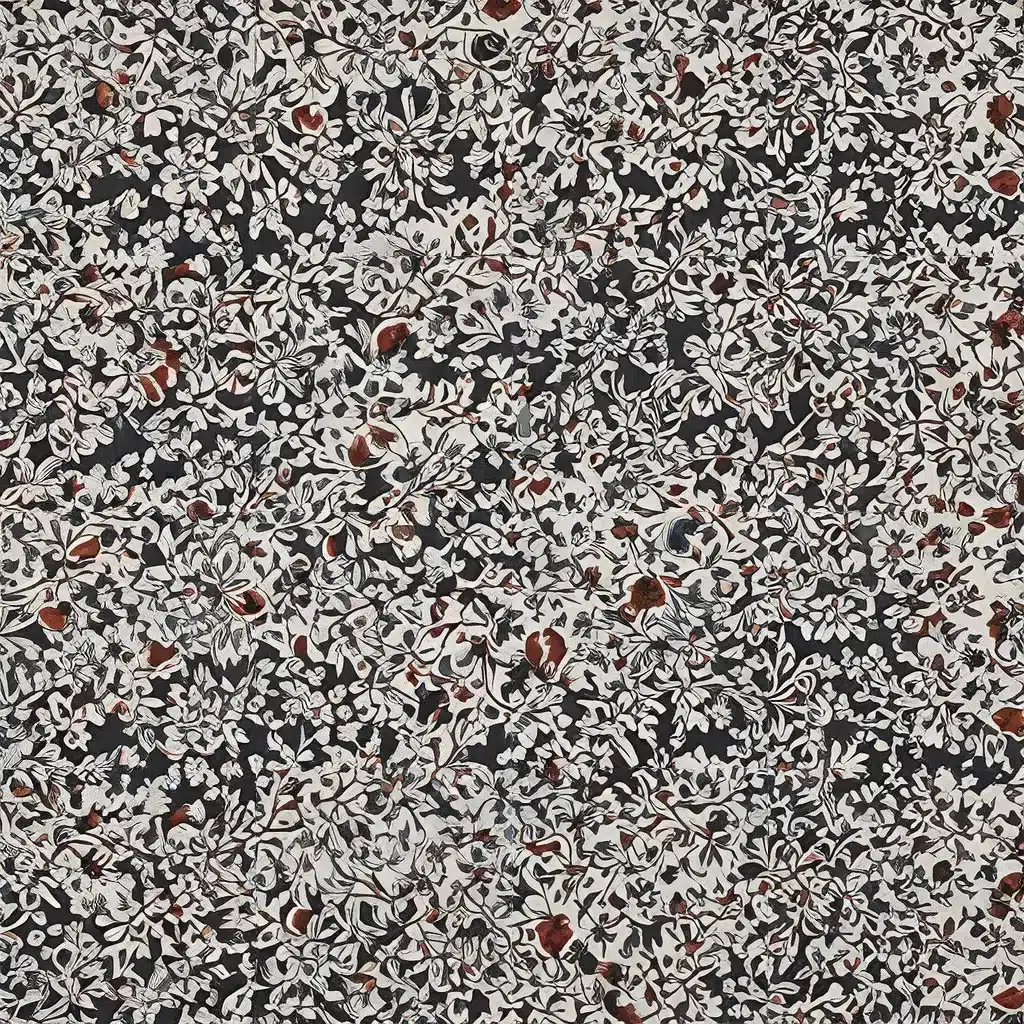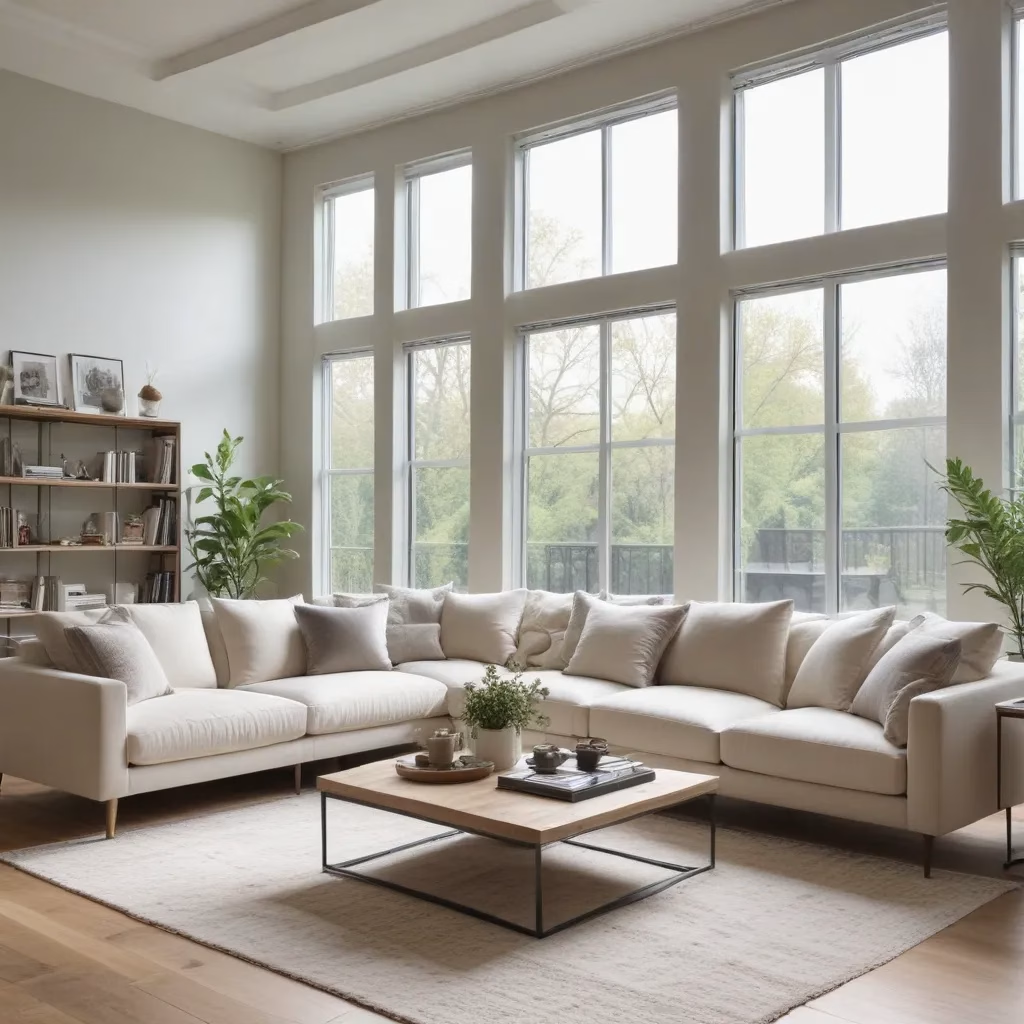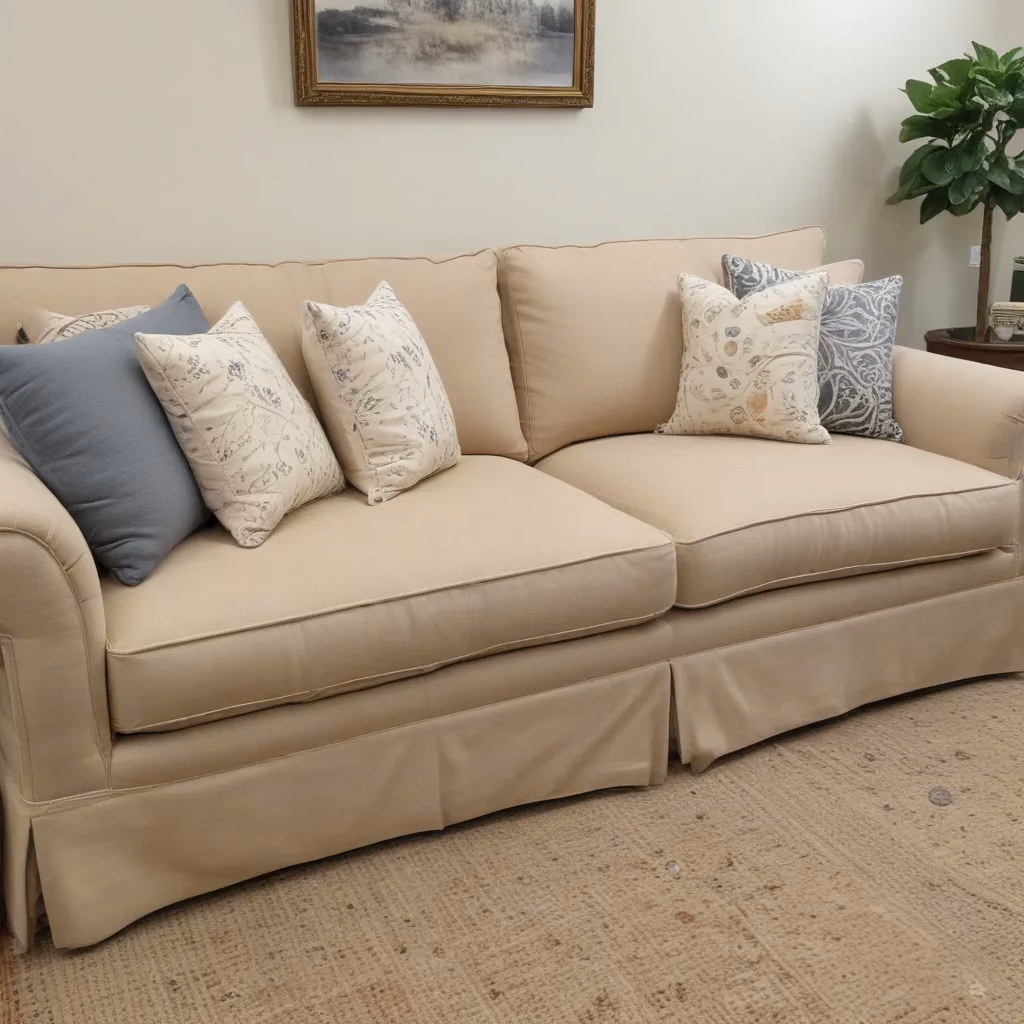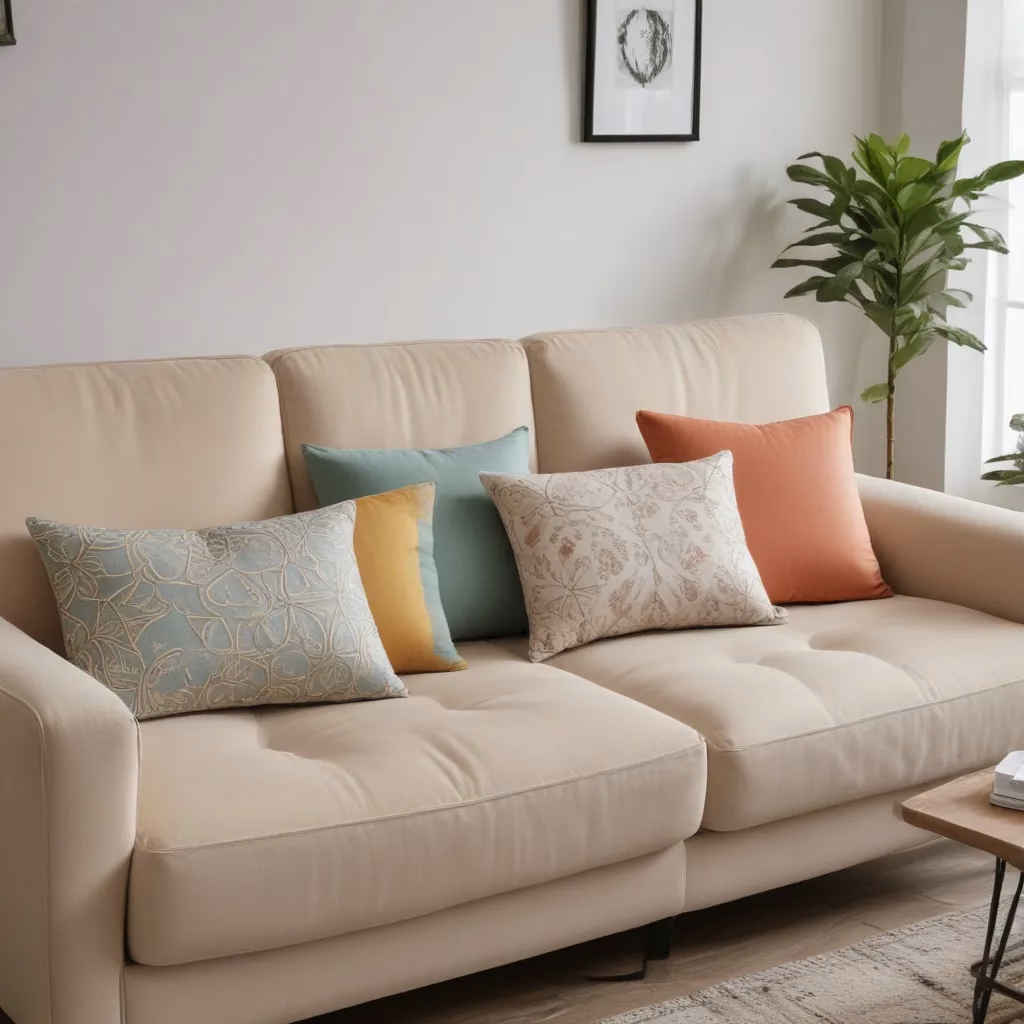
The Art of Mixing Old and New
When it comes to revamping my living room, I’ll admit I’ve always felt a bit torn. On one hand, I love the timeless allure of classic furniture and design – those stately wingback chairs, the elegant curves of a Chesterfield sofa, the regal grandeur of an ornate chandelier. There’s a certain sophistication and refinement to traditional style that just speaks to my soul.
But then there’s the part of me that craves a more modern, fashion-forward aesthetic. I want to infuse my space with a fresh, youthful energy – bold colors, playful patterns, unexpected accents that make you stop and say, “Wow, I’ve never seen that before.”
How, oh how, was I to reconcile these two sides of my design personality? As it turns out, the solution lay in the increasingly popular “New Traditional” style – a delightful marriage of classic and contemporary that allows you to have the best of both worlds. And let me tell you, friends, I’ve never been more excited to redecorate.
Laying the Foundation
The key to nailing the New Traditional look, I’ve learned, is to start with a solid foundation of those beloved traditional pieces. Think heavy-hitting items like a tufted Chesterfield sofa, a stately wingback chair, or an ornate, crystal-draped chandelier. These timeless silhouettes and materials serve as the anchors, providing a sense of elegance and refinement.
But don’t stop there. The real magic happens when you layer in more modern, unexpected elements. Maybe it’s a sleek, abstract artwork that pops against the traditional backdrop. Or a funky, metallic end table that adds a dash of edge. Heck, you could even go wild with a tropical-inspired wallpaper that completely transforms the vibe of the room.
The trick is to strike the perfect balance – not too much old, not too much new. It’s all about that artful mix, that carefully curated collection of pieces that feels simultaneously classic and contemporary. And the best part? It’s a style that’s infinitely customizable to your personal taste.
Bringing in the Prints
Of course, no discussion of New Traditional style would be complete without diving into the world of prints and patterns. After all, these are the elements that truly allow you to put your own unique stamp on the space.
Now, I know what you’re thinking – “Prints? In a traditional setting? Aren’t those two worlds completely at odds?” Not at all, my friends. In fact, some of the most stunning New Traditional spaces I’ve seen have incorporated bold, playful prints in the most delightful way.
Take, for example, the toile de Jouy fabrics that have been given a modern makeover, swapping out the pastoral scenes for cheeky, whimsical illustrations. Or the classic damask patterns that have been reimagined in vibrant, unexpected color palettes. Heck, I’ve even seen traditional Chinoiserie motifs blended seamlessly with abstract, contemporary art.
The key is to choose prints that feel fresh and unexpected, yet still manage to complement the overarching traditional vibe of the space. Maybe it’s a striking, oversized botanical print that adds a touch of drama. Or a lively, geometric pattern that injects a dose of energy. The possibilities are endless, and the results are nothing short of captivating.
Sofas Spectacular, the custom sofa company I’ve been working with, has really helped me embrace this print-centric approach. Their selection of fabrics, from rich velvets to playful linens, offers the perfect balance of classic and contemporary. And the way they’ve expertly blended these bold patterns with their timeless furniture silhouettes is truly inspiring.
Mixing and Matching
Of course, the real art of New Traditional style lies in the way you combine and layer all these different elements. It’s not enough to simply plop a modern piece down in the middle of a sea of traditional furnishings – that would just look disjointed and haphazard.
No, the key is to thoughtfully and deliberately weave the old and new together, creating a cohesive, harmonious whole. Maybe that means pairing a sleek, contemporary coffee table with a tufted Chesterfield sofa and a vintage-inspired Oriental rug. Or juxtaposing a striking, abstract wall hanging with a pair of classic wingback chairs.
The key is to let the pieces play off one another, creating a sense of dynamic tension and visual interest. You want the space to feel like it’s evolved organically over time, rather than looking like it was designed all at once.
And don’t be afraid to have a little fun with it, either. A touch of whimsy can go a long way in making a New Traditional space feel fresh and unexpected. Maybe it’s a funky, metallic animal sculpture perched atop a traditional sideboard. Or a cluster of mismatched, vintage-inspired lamps that add a playful touch to an otherwise stately room.
The possibilities are endless, and the beauty of this style is that there’s no one “right” way to do it. It’s all about tapping into your own personal aesthetic, your own unique sense of style. And trust me, the results are nothing short of magical.
Embracing the Old, Celebrating the New
At the end of the day, that’s what I love most about the New Traditional aesthetic – the way it allows you to honor the timeless elegance of the past while still embracing the vibrant, ever-evolving design trends of the present. It’s a style that’s rooted in tradition, yet infinitely adaptable and personalized.
And for someone like me, who’s always been drawn to the classic and the contemporary in equal measure, it’s the perfect way to create a space that truly feels like a reflection of my own eclectic sensibilities. I can surround myself with those beloved traditional pieces that make my heart swoon, while still injecting the room with a healthy dose of modern flair.
So if you’re like me, constantly torn between your love of the old and your craving for the new, I’d highly encourage you to dive headfirst into the world of New Traditional design. Trust me, the results will be nothing short of spectacular.



